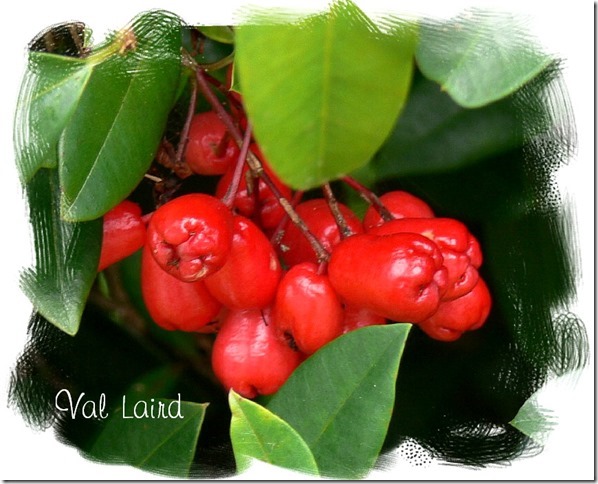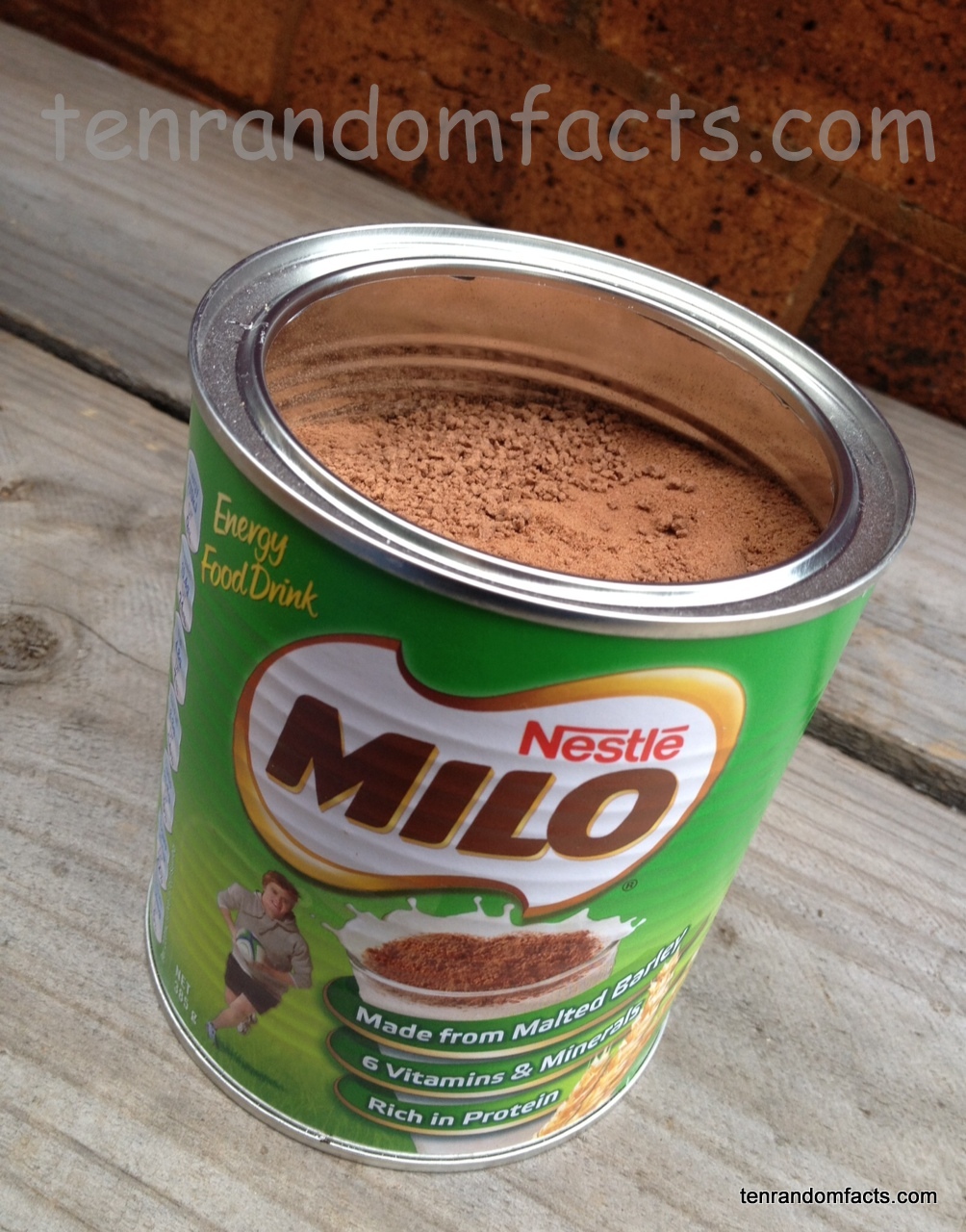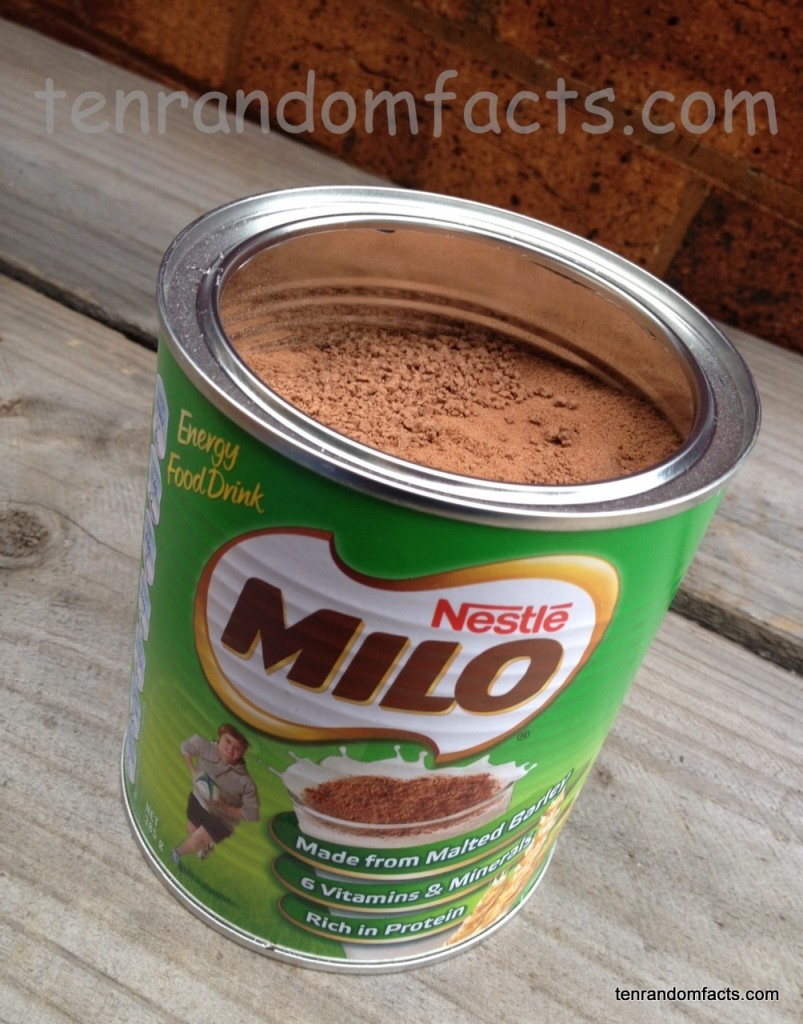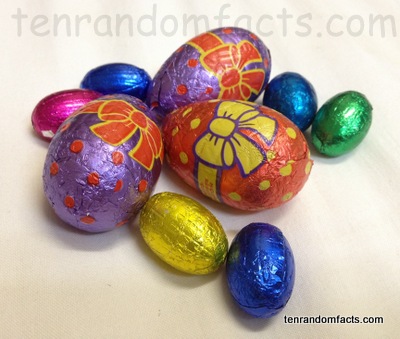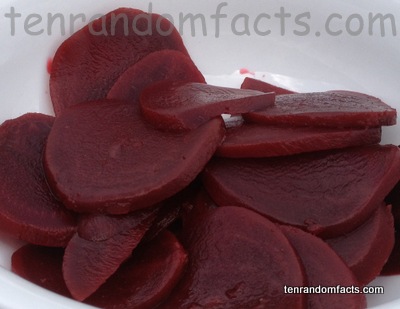
Red, red and more red.
- Beetroot is also known as beet, garden beet, table beet, and red beet.
- Beetroot is commonly eaten in North America, Central America and Europe.
- Beetroot is eaten grilled, roasted, boiled, raw, pickled, or in soup.
- The leafy part of beetroot is also edible and is often boiled or steamed.
- Beetroot is high in antioxidants, magnesium, sodium, potassium, betaine and vitamin C.
- Since the red colouring in beetroot doesn’t break down when eaten, some beetroot consumers may think they have hematuria, blood in the urine.
- Beetroots are proven to lower blood pressure and possibly prevent liver disease.
- Sometimes beetroots are used as a dye.
- Betanin, the red colouring from beetroot, is commonly used to enhance the colour of food such as icecream.
- In the Middle Ages beetroots were used to cure blood and digestion sickness.




